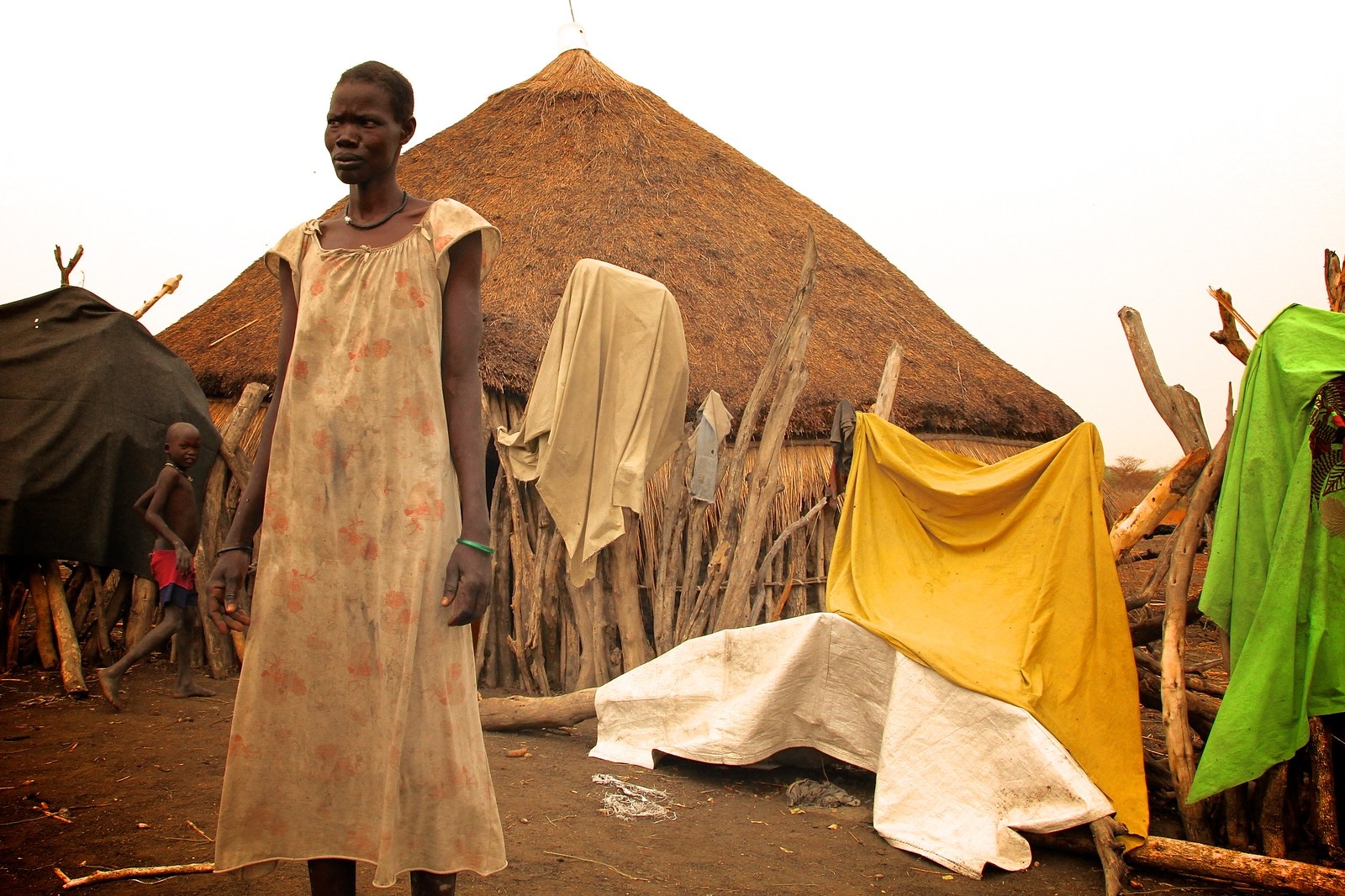Targeting the Ultrapoor in South Sudan

Nyamor Nwat prepares food in a village outside of Lankier, South Sudan. | Source: Aimee Brown, Oxfam
Study Context
Microfinance programs often fail to reach the poorest households, whose income is insufficient to consistently service even small loans. Programs that target these “ultra-poor” households are often costly. This research study utilized a field experiment to assess the impact of BRAC’s “Targeting the Ultra-Poor” (TUP) pilot program in South Sudan and offers a direct comparison of TUP and unconditional cash transfer approaches to alleviating capital constraints.
Study Design
Researchers used a randomized control trial to assess the required costs of implementing a successful “targeting the ultra-poor” program in South Sudan. With the assistance of BRAC employees, 30-35 neighboring household clusters in the Gumbo district were selected and visited by BRAC staff in order to conduct a census. Households from the poorest two categories were randomly selected into the survey pool, before being randomly assigned to one of four groups. In order to examine both the necessary value of an asset-transfer program as well as its validity in comparison to a more traditional cash transfer program, the study consists of two treatment arms and two control arms.
Both treatment groups received a regular support package targeted for the ultra-poor that included initial food stipends, livelihood skills training and assets, as well as financial training and support with savings. The second treatment group received assets which were twice as valuable. The first control arm received no assistance, while the other control group received cash, food, or some other transfer equal in value to the assets given to Treatment Group 1.
A central goal of this research is to find the minimal scale of transfers necessary to deliver sustained increases in household income, thus allowing BRAC to less expensively adapt its TUP program (successful in Bangladesh, and already being scaled up there) to the very different conditions of South Sudan.
Results and Policy Lessons
Results from this study showed evidence of positive consumption effects from both treatments, but only in the short-run. BRAC’s programmatic support may have also helped TUP beneficiaries cope with the short-term economic effects of a violent outbreak, demonstrating that while cash increases household consumption, the goal of improving income or wealth is aided by the additional services that the TUP framework offers.
As a follow-up, the team received additional funding in 2015 to explore the use of mobile devices for remote survey collection to better estimate household welfare.






